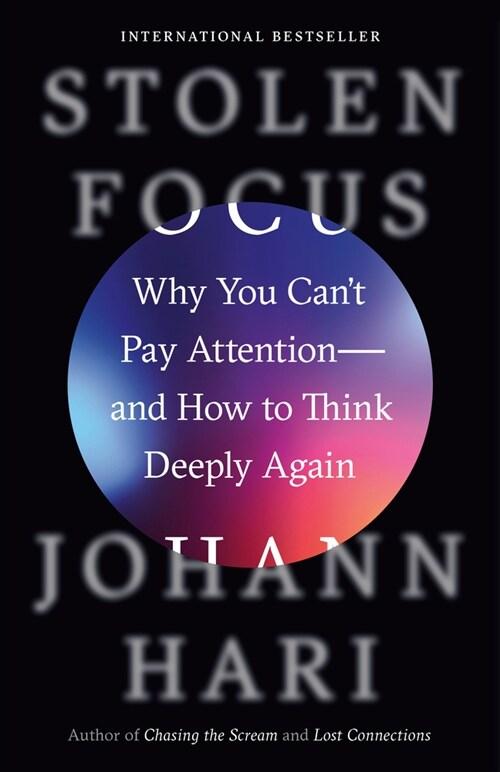책 이미지

책 정보
· 분류 : 외국도서 > 인문/사회 > 철학 > 참고자료
· ISBN : 9783030672119
· 쪽수 : 220쪽
목차
Introduction
Two is better than one
(Why are there two sexes?)
Escherichia coli; do bacteria get it on?
(Even bacteria exchange genes)
Amoeba likes the smell
(The origin of smell, the most primeval sense)
Moths in search of love through pheromones
(Powerful effects of pheromones)
Wild bull and placid ox
(Hormones, concealed sovereigns of our bodies)
In this chapter, I will describe what are hormones, how they act in our bodies and what is their role in regulating reproduction, parental instincts, and bonding and attachment.
Of bees and flowers
(How do insects reproduce)
I will describe reproduction in insects, what approaches do insects have in sexual reproduction and mating.
Clownfish, afterdark secretes of Nemo’s parents?
In this chapter I will describe mating and bonding in fishes, which, like insects, use many different approaches, including courtship and monogamy, to ensure propagation of their species.
Graceful swan, a symbol of love
In this chapter, I will talk about bonding and monogamy in birds. Although many species of birds live in what seem to be monogamous couples, the truth is not so romantic as in many species, partners are often exchanged and faithfulness does not seem to be very common.
Gosling following their mothers
(Motherly love is the only love)
This chapter will talk about parental behavior and bonding between parents and offspring in various animals, about its origins and hormonal regulation.
Why only male deer has antlers?
(Sex differences ? where and how they develop)
This chapter will explain why and how sex differences develop in different species, including us, humans. I will describe the importance of external sex differences, as well as sex differences in the functioning of internal organs including brain, and how sex differences in the brain influence sex differences in behavior.
Depraved hooligan penguins
(Homosexual behavior is not unique to humans)
This chapter will talk about homosexuality in animal kingdom, which is, in contrary to general beliefs, quite common.
Mouse mating and fighting
In this chapter, I will describe genetic and hormonal regulation of two of the most basic instinctive behaviors, sexual and aggressive behaviors. Both behaviors have very ancient evolutionary origins, as they are fundamental for the survival of the species. Sexual behavior ensures propagation of the species through creating progeny, while aggressive behavior ensures survival of the individual through fighting for and protecting resources (food) and mates.
Mating like rabbits
In this chapter, we will learn about differences in mating between mammalian species, from specifics of reproductive cycles, specifics of coitus and finding partners to mate with.
Beware, an elephant in the musth
(Puberty, this stormy period of life)
This chapter will talk about puberty, what is happening in our bodies during puberty, and especially what changes are occurring in our brains, and how are these changes connected to love.
Steenbook, a faithful dwarf antelope
(Monogamy, a rare phenomenon in mammals)
In this chapter, I will describe the origins of monogamy and polygamy in mammals. Mammals have adopted very different mating strategies and although majority of species are polygamous/gregarious, there are about 5 % of all mammals that show monogamous bonding between males and females. We will explore what genes and hormones are involved in the regulation of monogamy and how is attachment between two individuals formed and sustained by hormones.
Is there a love in the world of voles?
(Regulation of bonding and attachment between partners in animal world)
In this chapter, I will discuss whether there is a love in an animal world, which species are showing some sing that could be similar to what we call love, and how are these emotions regulated in animals.
Romeo and Juliette among chimpanzees
(Love, affection and mating in our relatives)
In this chapter, I will specifically describe the mating strategies and bonding in apes, our closest relatives, with the emphasis on differences between different species (orangutan, chimpanzee, gorilla, bonobo)
Human love through the eyes of neuroscientist
(What is happening in our brain when we are in love?)
In this chapter, I will describe what is happening in our brain when we fall in love, what hormonal changes are happening in our bodies, and which parts of the brain are thought to be involved in processing emotions of love.
Origins of human love
(Where does love comes from)
In this chapter, we will learn about evolutionary origins of love, where does love originate, and why it has evolved in humans.
Man and woman madly in love
(Is love really a madness?)
Falling in love has quite similar symptoms to a recognized psychiatric disorder obsessive-compulsive disorder. In this chapter, we will talk about similarities between being madly in love and suffering from obsessive compulsive disorder, with emphasis on molecular and hormonal events that are occurring in our brains.
What is love?
In this chapter I will summarize what we have learned in previous chapters, what is love, why it has evolved and what are its role in humans.




















